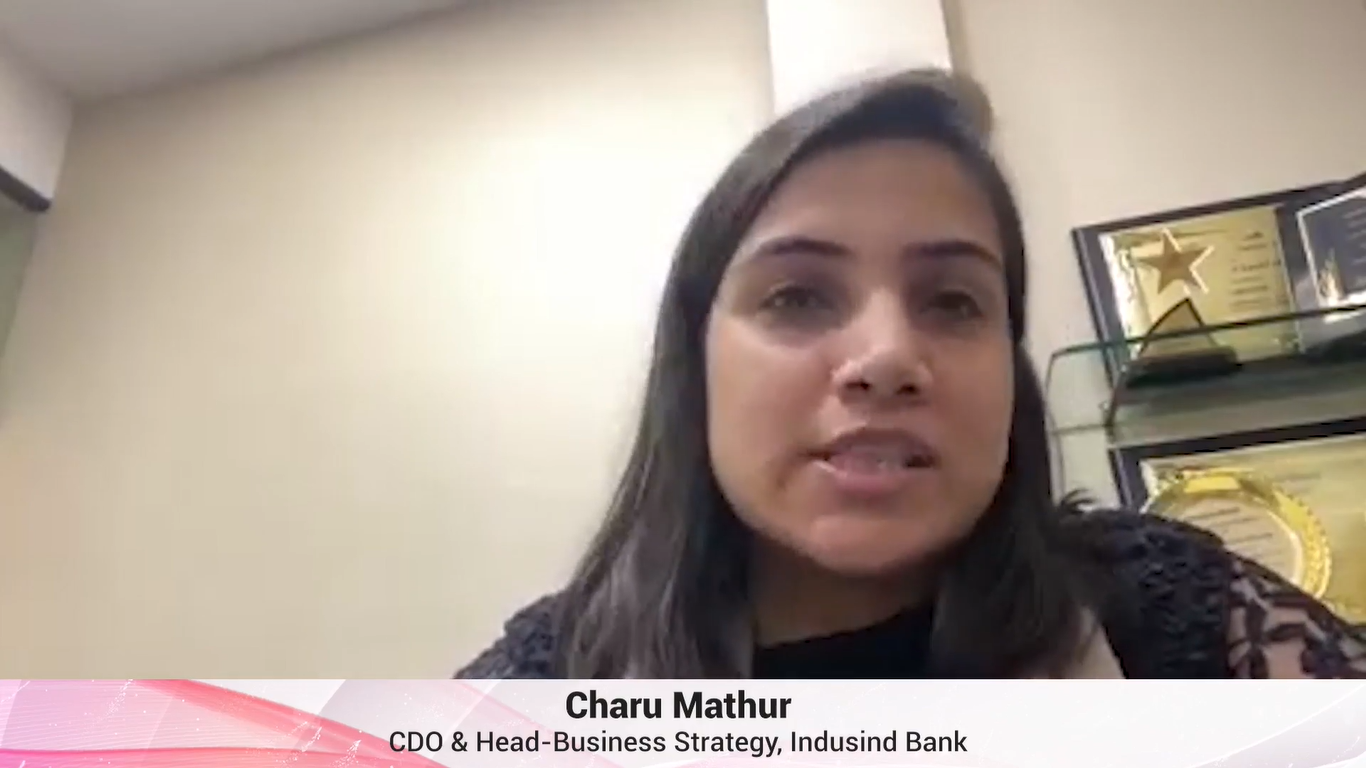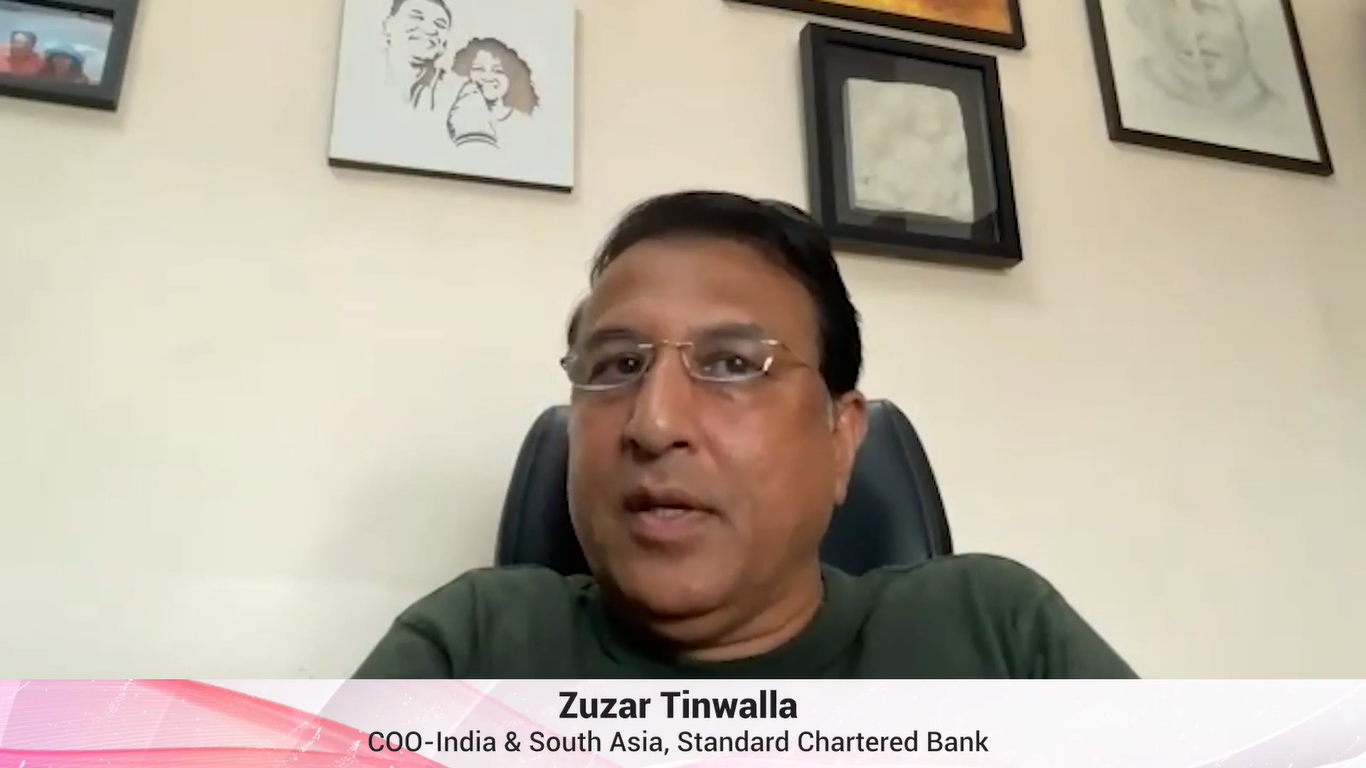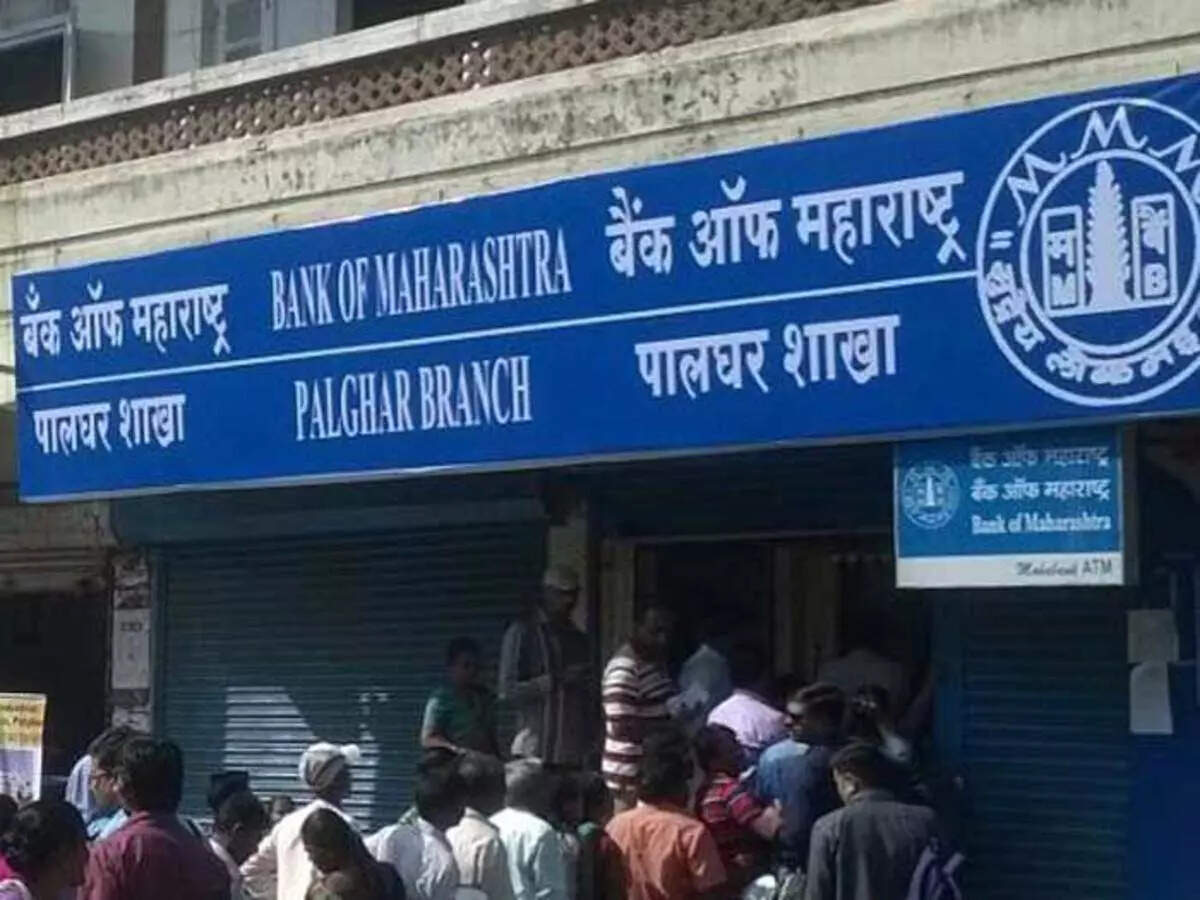Global banks are tapping local talent and FinTechs in India to strengthen their global innovation capability across their presence in different regions. A centralised innovation team with local presence is a common methodology found across different global banks.
In an exciting panel discussion hosted last week on ‘Innovation In A Borderless Environment’ we explore how global banks are placed in developing their innovation capabilities.
Ash Malik, MD & Head-Technology Centres India, Deutsche Bank, said, “Deutsche Bank is a universal bank offering services from corporate banking to asset management across the globe and we believe in localization which means building deep expertise of the local market and reg environment on ground itself. We’ve regional SMEs in local markets globally aligned so we can provide support round the clock. In the first 6 months of 2020, Deutsche Bank transacted a record of $15 billion dollars of local issue currency and FX for clients across normal Asian market hours and this kind of intense customer focus led to Deutsche Bank being awarded crisis response year award in September.”
Malik explained that they have a local management structure which works closely with desks and play a critical role in establishing relationships with local government and regulators. Last year, DB became the first European bank to receive approval from SAFE Shanghai and to join its pilot payments rail and the objective is to expand cross border trade and simplify the payment process. DB customers now no longer have to perform onerous processes and instead connect to FX payments in seconds.
Malik adds, “Additionally we are partnering with FinTech companies across the region. Overall we’ve a global network of innovation teams across major centres and identify the adoption of strategic emerging technologies. We essentially do it for three key channels, a demand driven model where we co-innovate and collaborate with customers on ground, second, we’ve a scouting team and this team monitors key technologies and capabilities which bank considers strategic like cryptocurrency/blockchain which is going to be key for cross-border transaction this knowledge is used internally to innovate further and finally what we have is internal incubation where all employees in DB are given a platform to innovate.”
Rathnaprabha Manickavachagam, MD & Head-Innovation & Digital Transformation, India & Romania, Societe Generale, Global Solution Centre is driving innovation and digital transformation from India. She said, “We’ve a centralized innovation team headquartered in Paris which specifically looks at mergers and acquisitions like open banking models, collaboration with GAFAs, looking at a variety of ways for cross-border interaction. As they discover models, they work with 27 arms of the bank. Being an outpost in Asia, we’re extremely execution focused where we get different business use cases from businesses and give hands on solutions working with FinTechs and internal teams on emerging technologies. Major work is also delivered on value chain and product transformation.”
She explained how they interact with 16 innovation centres set-up across by Soc Gen, with additional smaller outposts in Singapore and Hong Kong. The innovation ecosystem is quite inter-linked across Soc Gen while we are connected on the strategy, we have a very good connection with extended teams of businesses in Asia, India and Romania, we can also work for the rest of the group in different regions.
She added, “We worked with 8 start-ups in Africa for our bank in the African region, we’ve that kind of mandate interlinked with strategic focus where businesses need help to improve product or topline or customer experience or introduce something new. The innovation set-up is centralized and local as well as convenience and strategic connects on specific projects.”
Ellis Wang, Sr EVP, Group Head of Technology, Transformation and Information at Mashreq Bank has executed a digital inside-out and outside-in strategy. He said, “Digital services became mainstream and we moved our applications to cloud to deliver seamless service. Our digital team is working on internal and external processes, by internally how we can adopt more digital to increase efficiency and reduce operational cost with higher STPs, more automation, etc. When we moved to cloud, we also explored allowing more touch points for our clients. Our innovation team is called ‘One Digital’ we also designed digital inside-out where we leverage APIs to service our clients for their requirements and different ecosystem services from e-commerce to insurance.”
At Mashreq Bank for Ellis the idea is to drive engagement by providing end-to-end service. He adds, “We also look at digital outside-in where we leverage external digital channels to target customers through these channels. We are preparing for hybrid operations. The One Digital team thinks about leveraging emerging tech to service corporate and retail customer base by knowing the customer base and tech.”
At Wells Fargo, Bharat Raizada, Lead-Chief Technology Office for India & Philippines has embraced cross-border capabilities over more than a decade ago and explains how as a part of global organisation innovation is being driven from India and Philippines.
Bharat said, “For innovation, there’s an organisation called Strategy Digital Platforms & Innovation which reports up to the CEO and is focused on driving innovation across organisation and driving value for customers. This SDI organisation works closely with all lines of businesses and has a presence in India and Philippines as well and we continue to work actively from a technology point of view to understand new innovation requirements from short and long term investment perspective.”
“There is a big play from quantum computing on how we can rapidly calculate risk on financial transactions as well as how we think of cryptography. How do we do interplay of data not only big data but small data too. A lot of the work gets done in India and Philippines,” adds Bharat.


